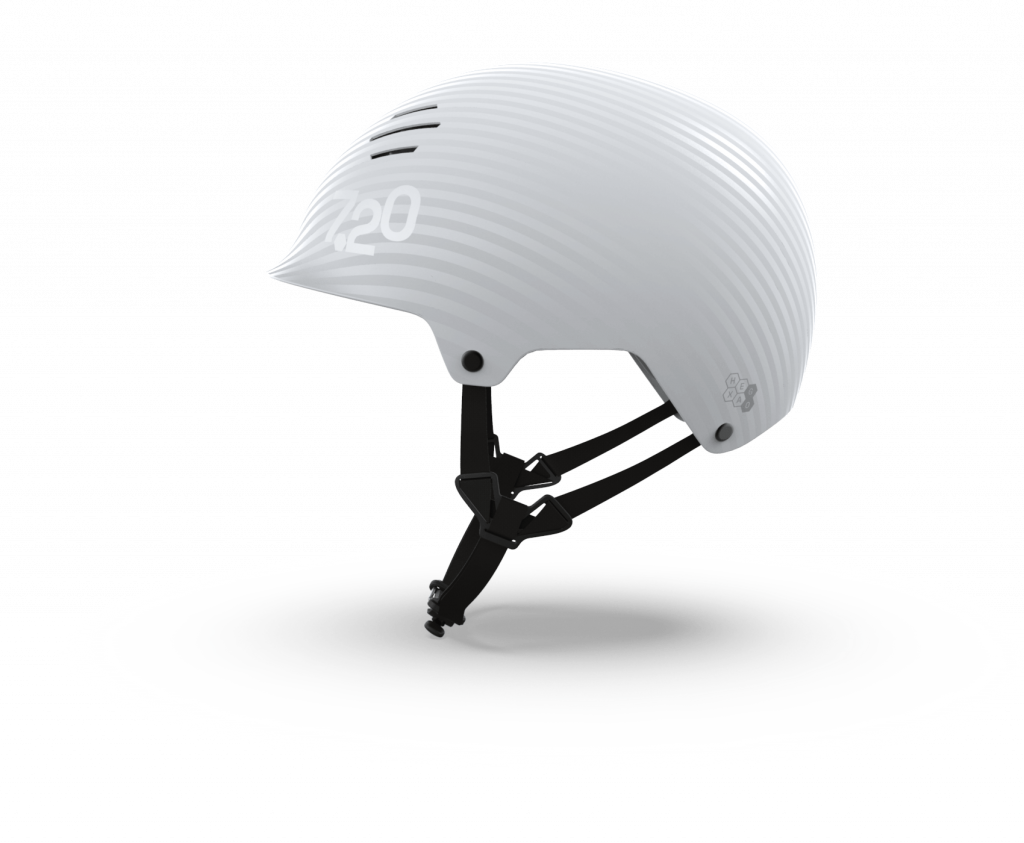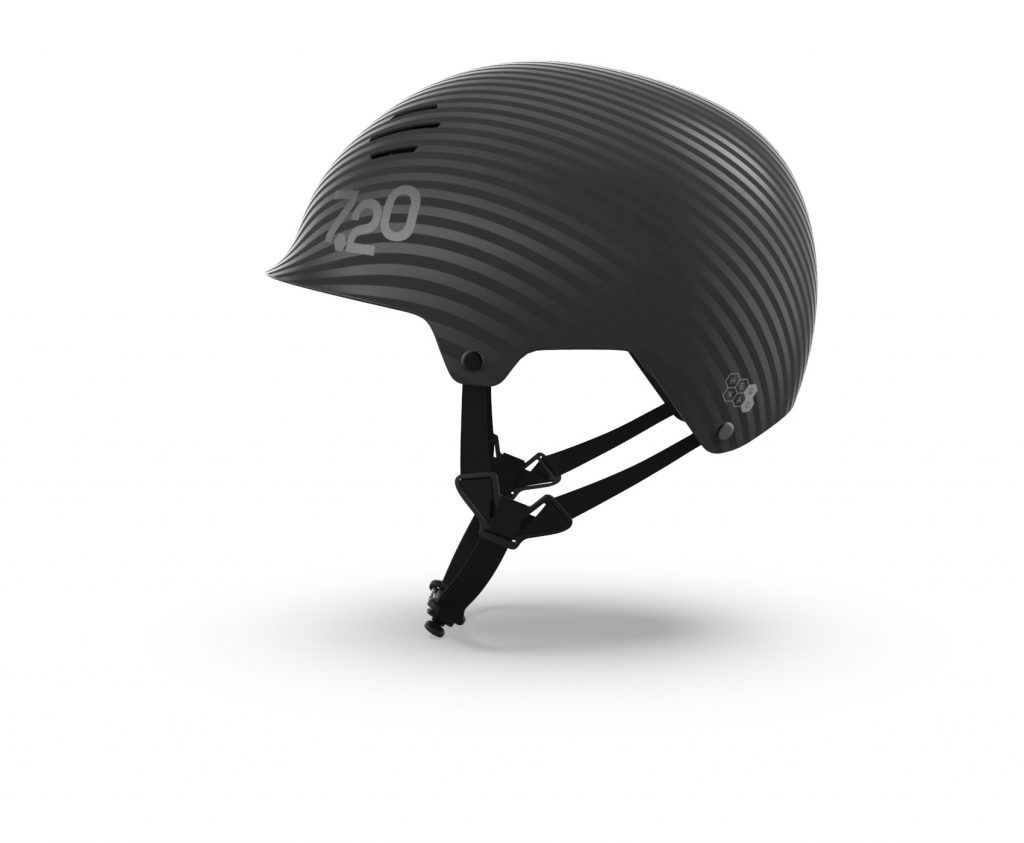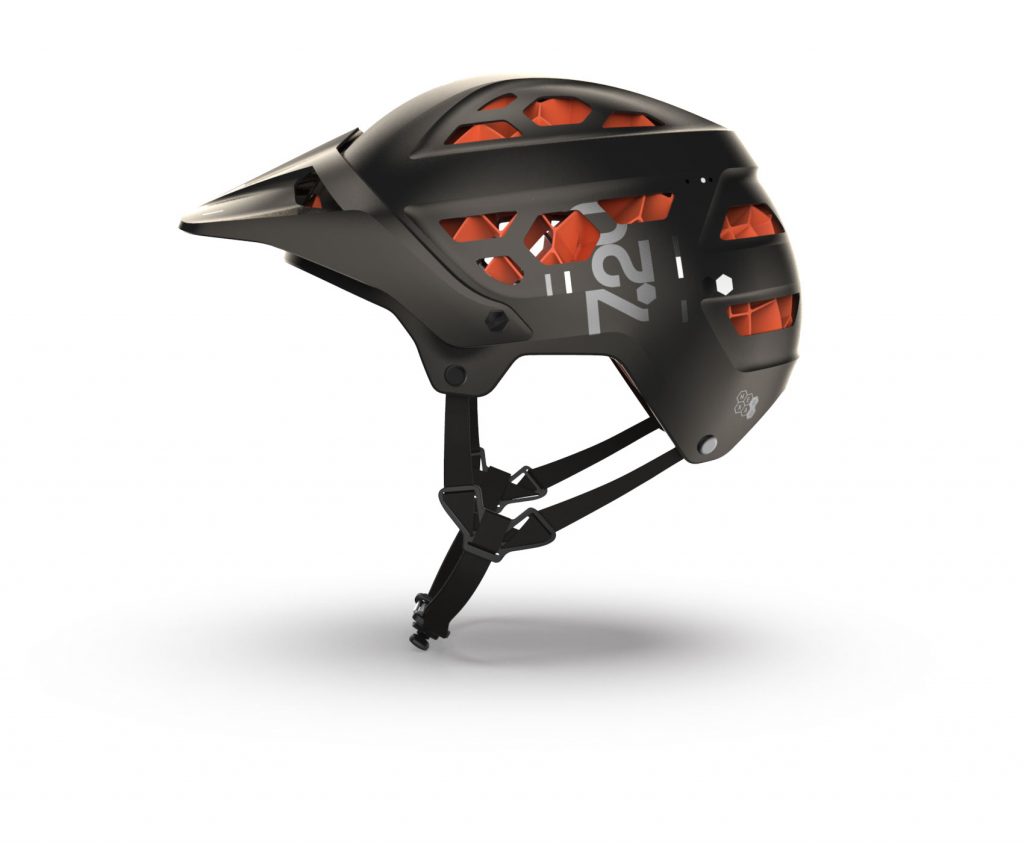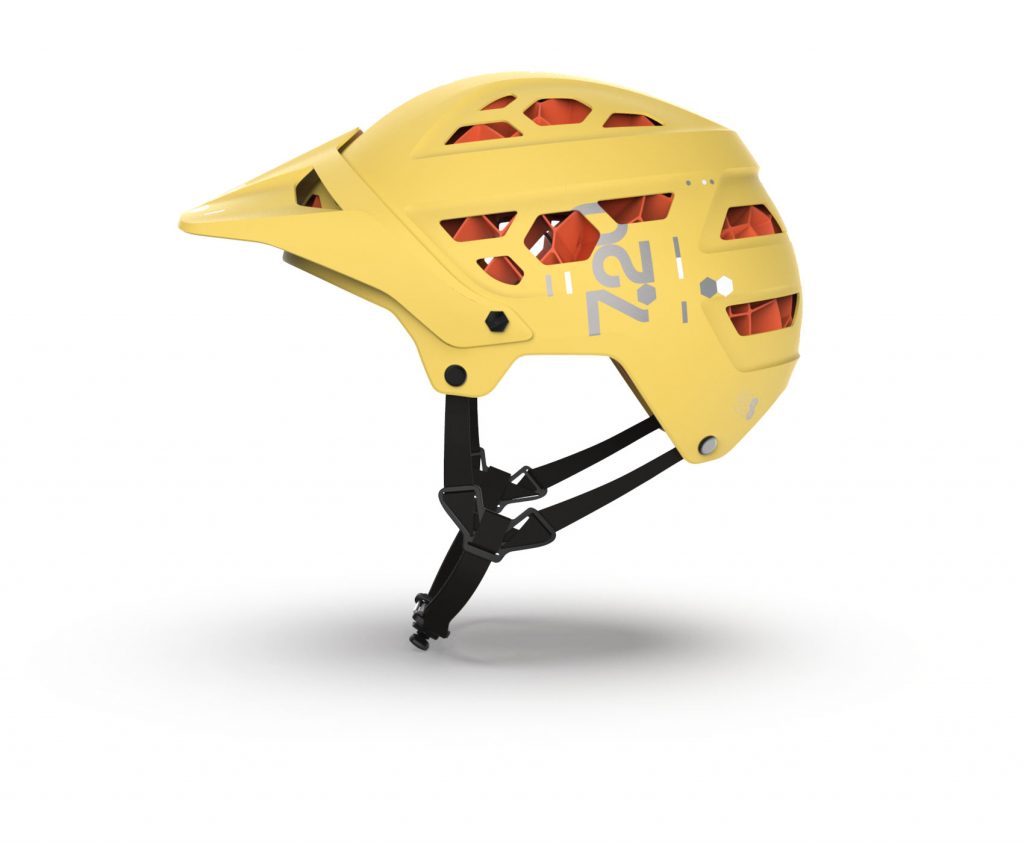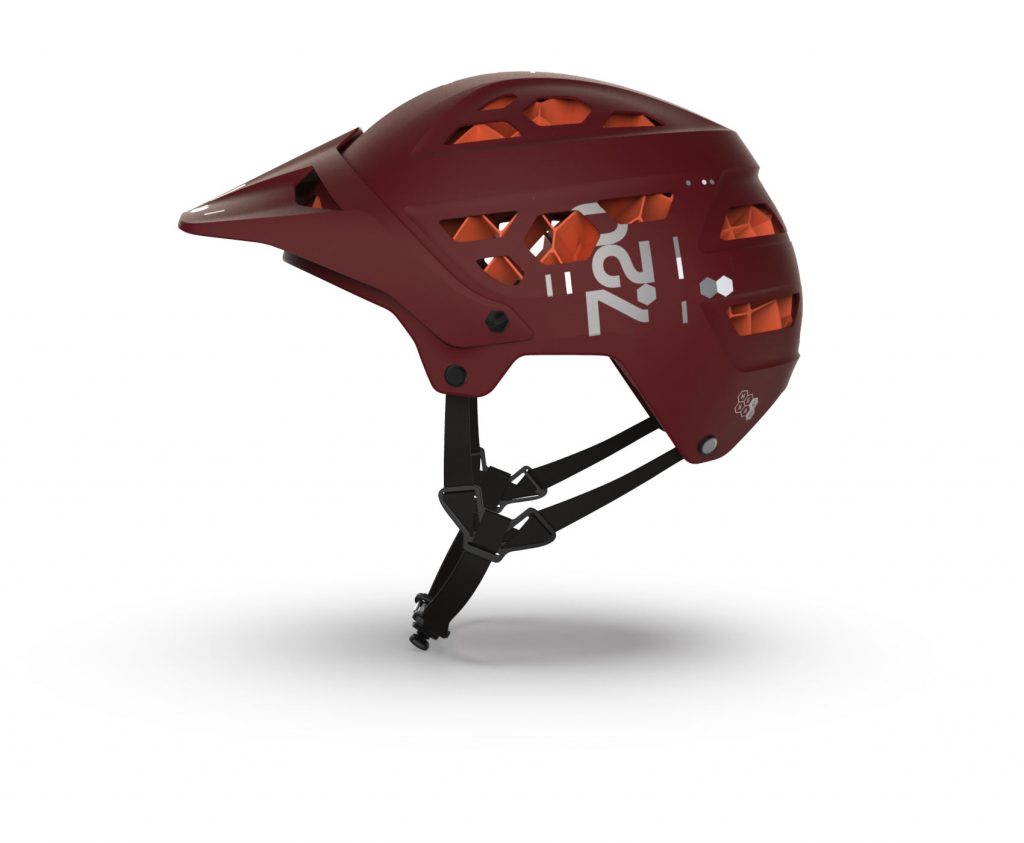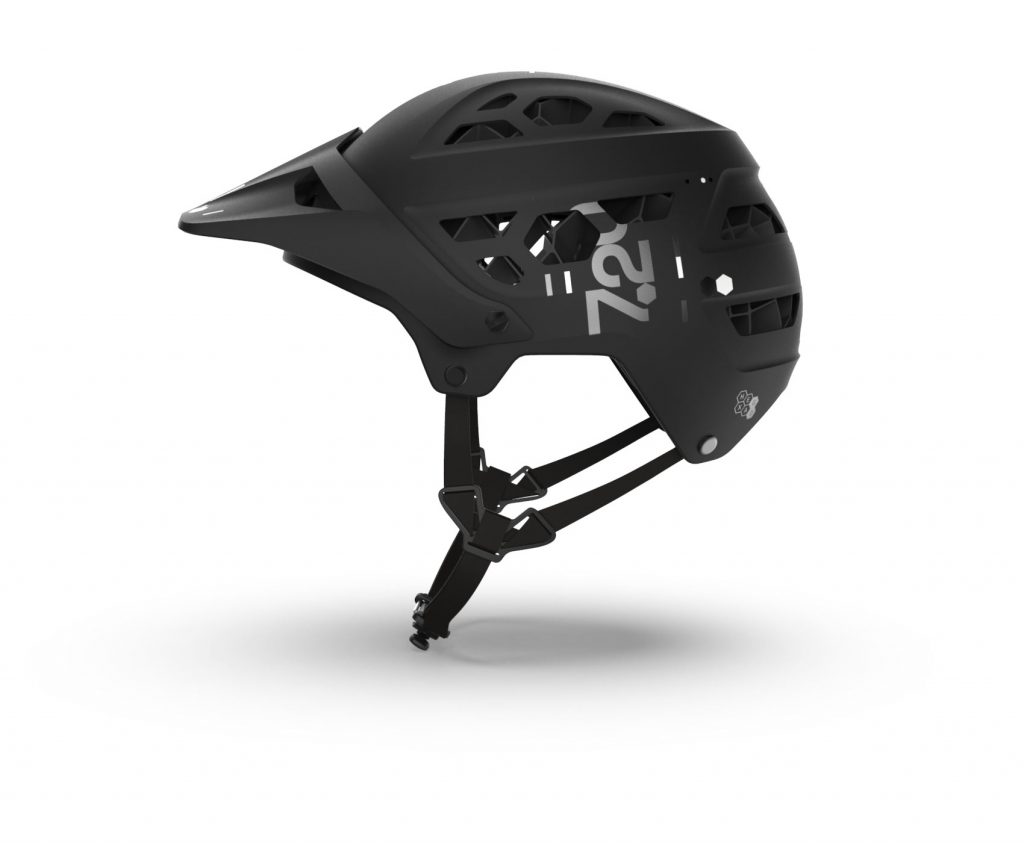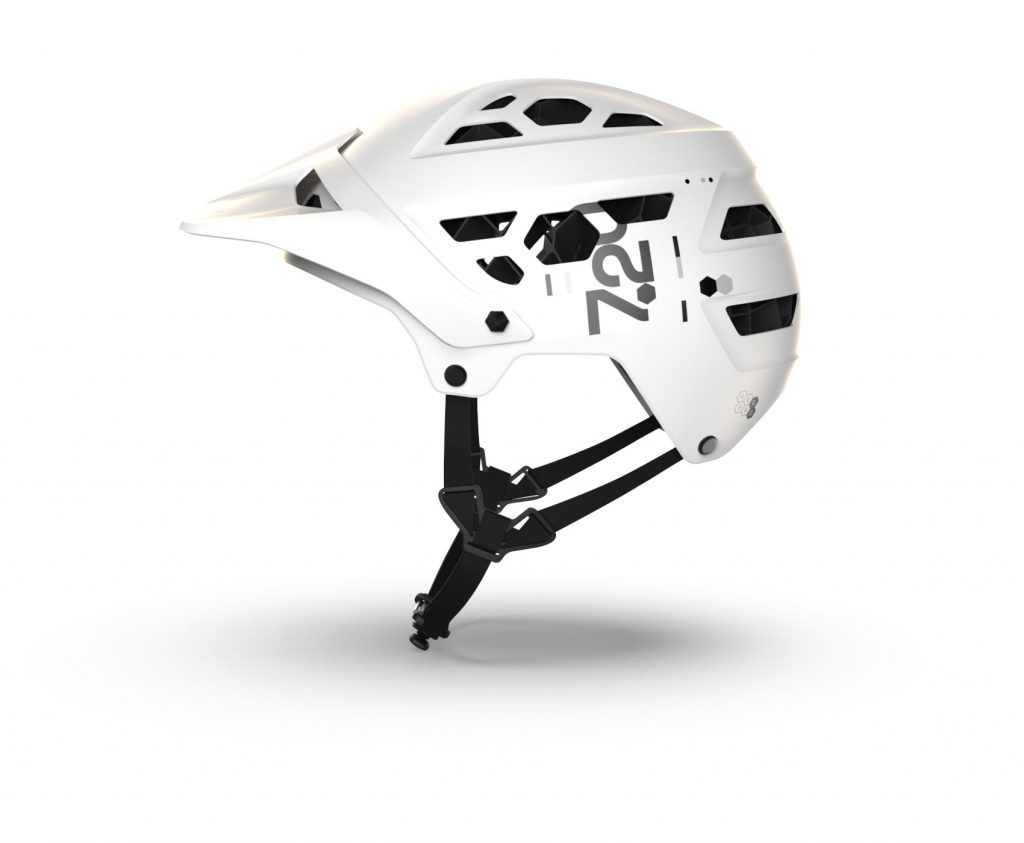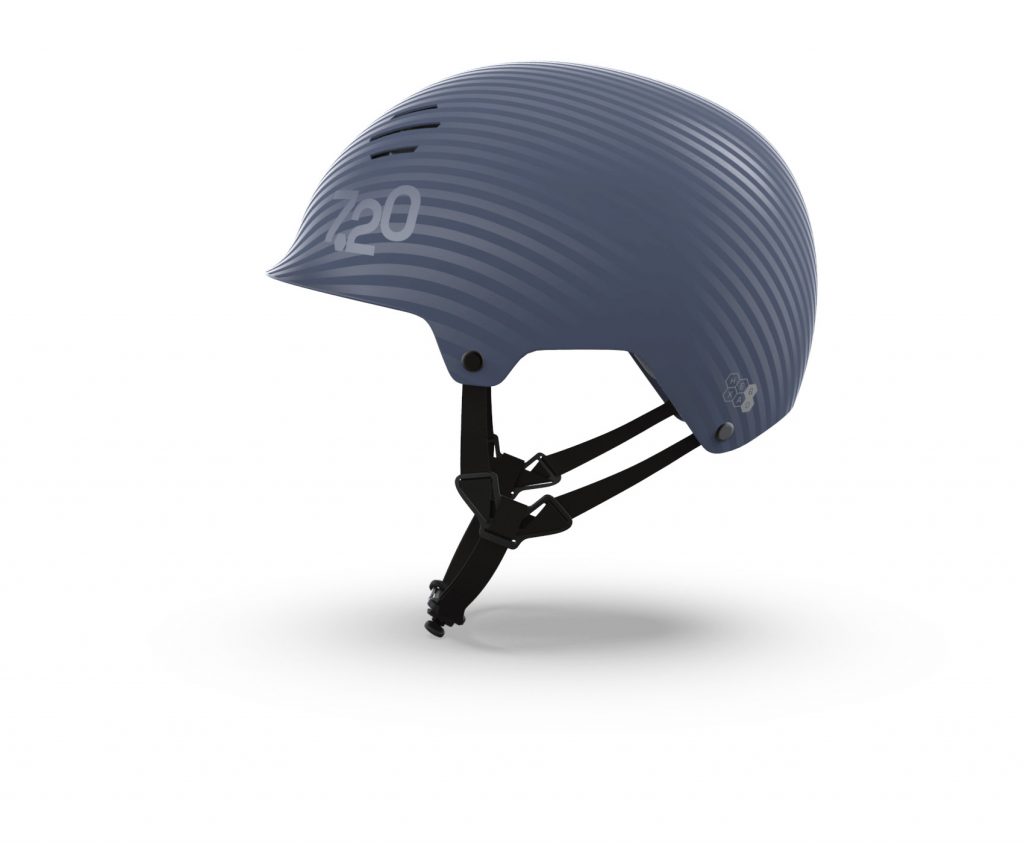
HexaGo


HexaGo® is a honeycomb structure made of a special elastomer called H.E.A.P. (High Energy Absorption Polymer). This material is particularly suitable for protecting your head in the event of impact, whether linear or rotational, as its rubbery characteristics make it capable of recovering its original shape after being deformed. The elastomer guarantees much greater elasticity than the classic EPS used in traditional helmets. While the outer polycarbonate shell for the Awake and the P.R.P. shell for the Circle protects the inside of the helmet, preventing sharp objects such as stones or branches from getting into it, the inner layer performs its important function as a shock absorber. Our patented HexaGo® technology represents a major step forward in terms of safety. The hexagonal honeycomb structure gives the helmet unrivalled stability and flexibility. As a result, the force of impact is better absorbed and falls are significantly cushioned.
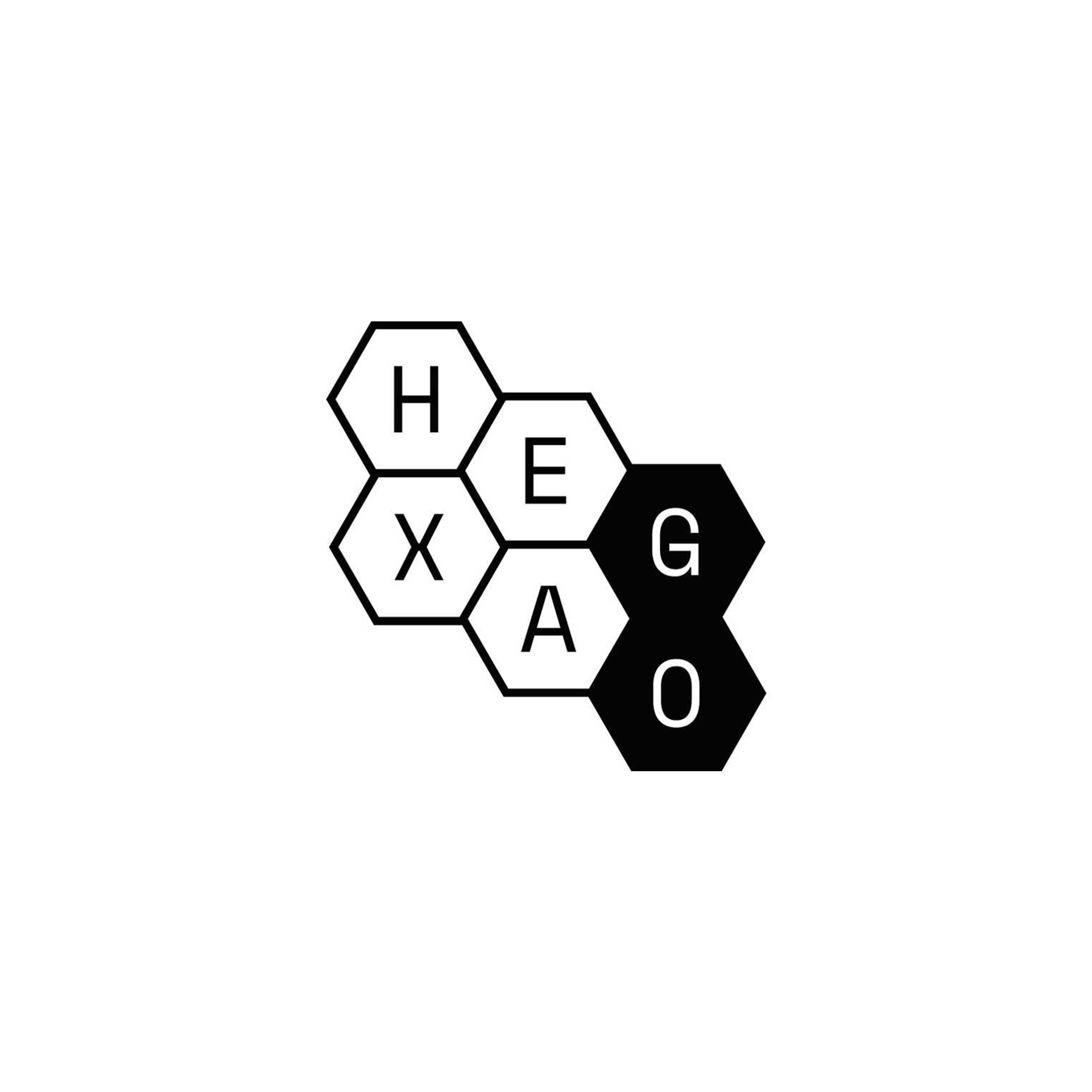
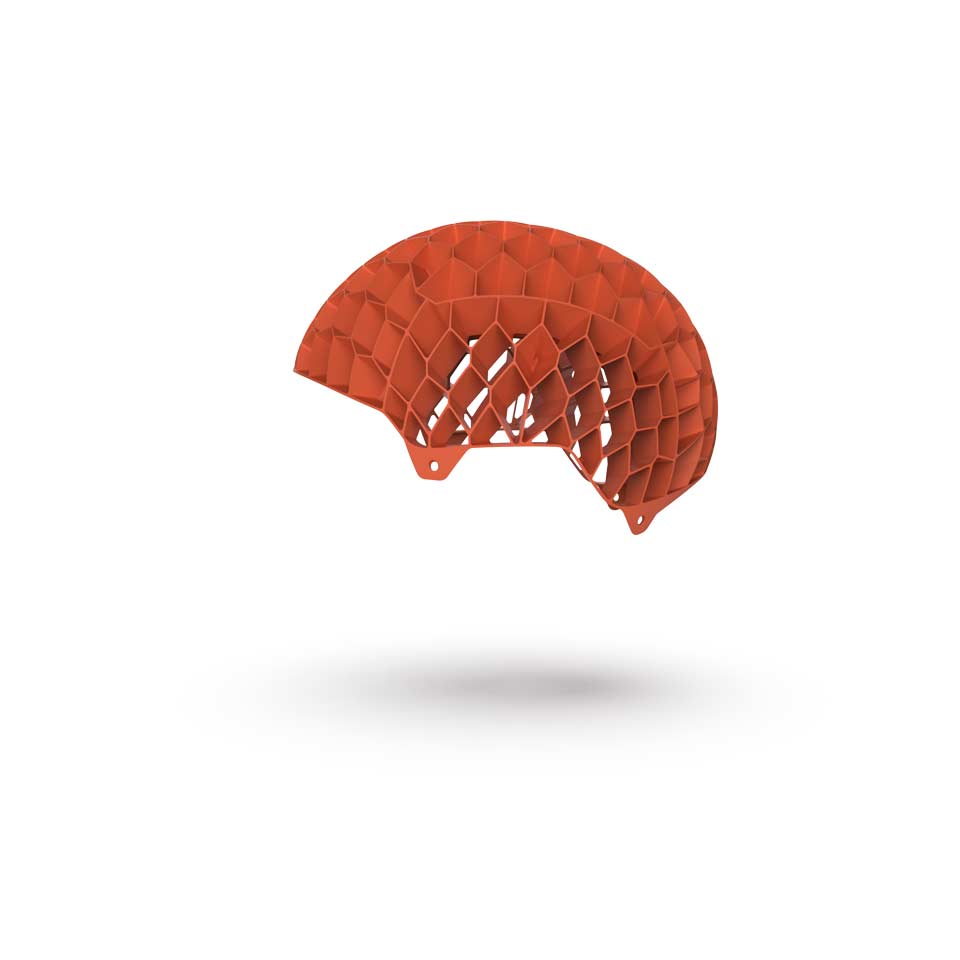

more than twice the protection of en standard

rotational impact protection

ventilation and heat dissipation


According to the European regulations governing the approval of bicycle helmets, the acceleration value that a helmet may not exceed is 250g. The g-force is the acceleration transmitted to the head at the moment of an impact. In order to pass the tests required by European regulations, the helmet must not transmit a force to the head greater than 250g (equal to 1500 kg). On average, the energy transmitted by bicycle helmets is approx. 175g (Folksam data).
The energy transmitted by a SEVENTWENTY helmet is only 115g.
SEVENTWENTY helmets therefore offer more than twice the protection of the EN standard.
If you want to find out how bike helmets are tested, go to the specific section



Rotational Protection

In the event of an accident, the impact usually does not simply occur along a straight line (e.g. a perfectly vertical fall), but usually has a rotational nature. The moment the head hits the ground, not only is the force generated in a precisely defined direction, but a rotational movement occurs automatically. The head thus undergoes a rotational impact, exposing the brain to a higher risk of injury.
The HexaGo® honeycomb structure is also able to best absorb the force of rotational motion, accompanying the cyclist’s head throughout the impact and distributing the impact force over the HexaGo®nal cell walls. HexaGo® decreases impact acceleration both through the sliding of the structure itself inside the shell and through the gradual deformation of the structure, allowing the risk of head injury and concussion to be limited as much as possible.
For this reason, our helmets do not need any additional supporting technology.


Dissipation
A cool head can concentrate better – for this an optimal air circulation is fundamental in hot summer days. But just giving a quick look at the inner honeycomb structure you can easily understand that SEVENTWENTY helmet has a very good ventilation system, letting the cool air flow easily from the outside to the inside. Therefore, the wide holes made with the geometrical pattern provide the best heat dissipation, letting the warmer air flow away from your head surface and preventing sweating. Moreover, the great air ventilation of SEVENTWENTY helmets prevents the wear of the inner padding, so that it does not have to be changed or washed so often.

Safety Standards


The EN 1078 Norm
We have seen that SEVENTWENTY helmets offer more than twice the protection of the EN standard. These values were certified during the approval of our helmets.
This is how bike helmets are tested in the laboratory.


Impact force = (body mass x velocity at the instant of impact) / deceleration time
The faster the deceleration due to an impact, the greater the force of the impact.
Example: A 10 kg body crashes into a wall at a speed of 50 m/s. The wall stops it in 0.1 seconds. Impact force = (10kg x 50 m/s) / 0.1 s = 5000 N = 500 kg force
If the impact had been softer, it would have caused a longer deceleration time, resulting in a weaker impact.
Taking into account that, according to clinical studies, life is at risk even at an acceleration value of 300g, this means that the safety standards are very low and therefore, for us at SEVENTWENTY, unsuitable.
Only at a value of less than 100g, the risk of concussion can be almost completely excluded. For this reason we are very proud to say that SEVENTWENTY helmets passed the tests with a weighted result of 115g, compared to the average of 175g of other helmets currently available on the market. The revolution of the helmet safety has started.
shop
recommended for you


